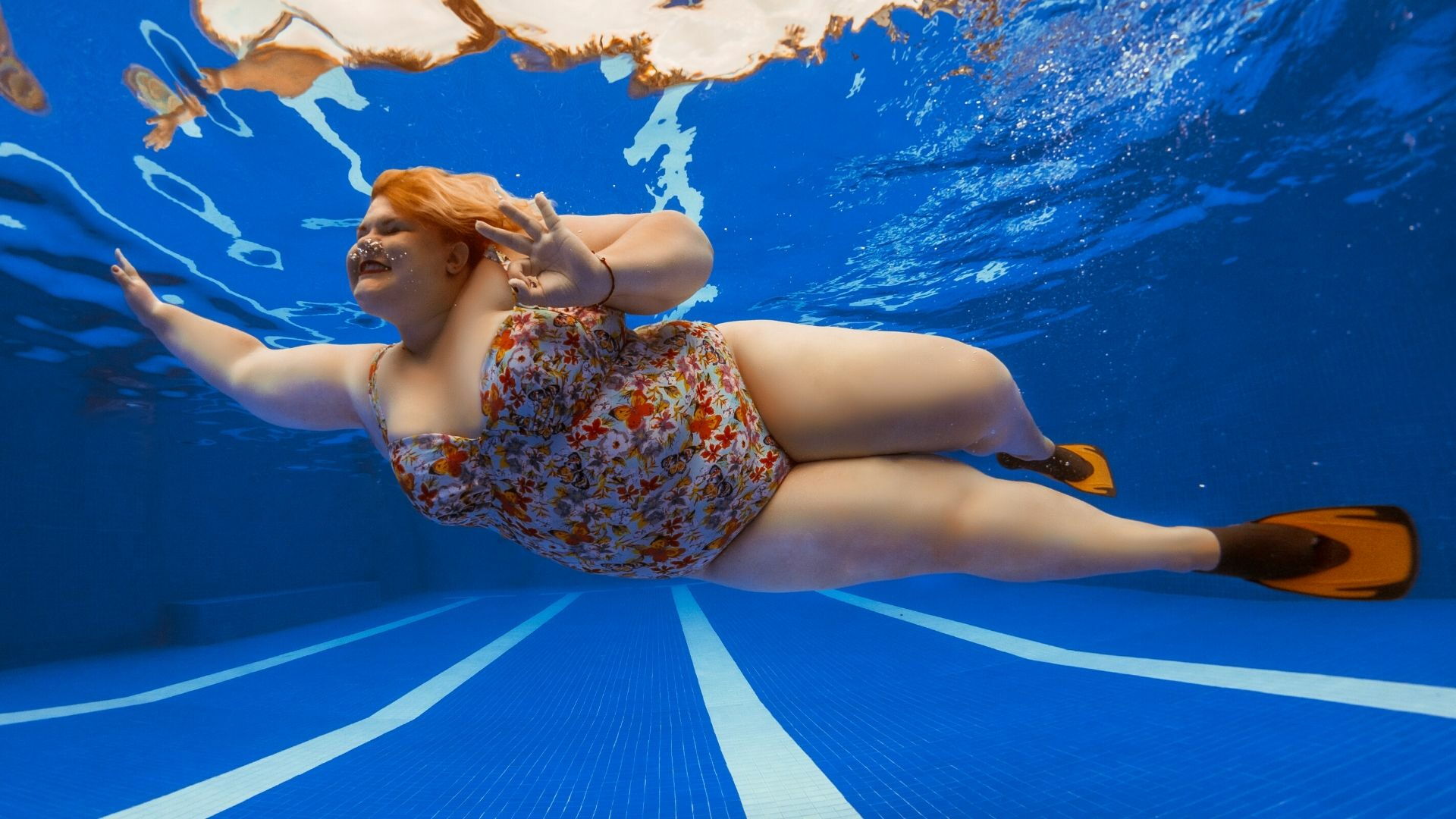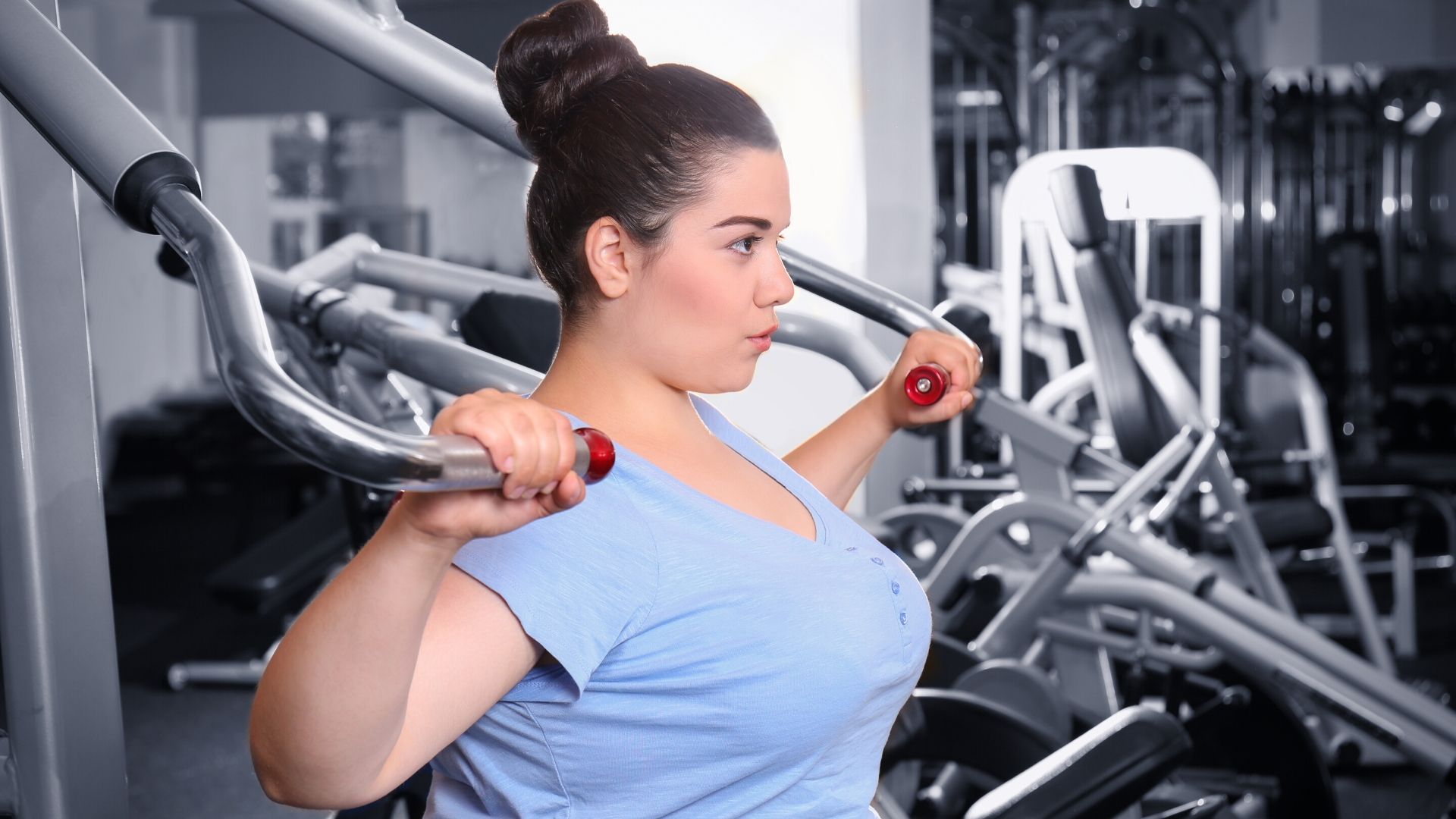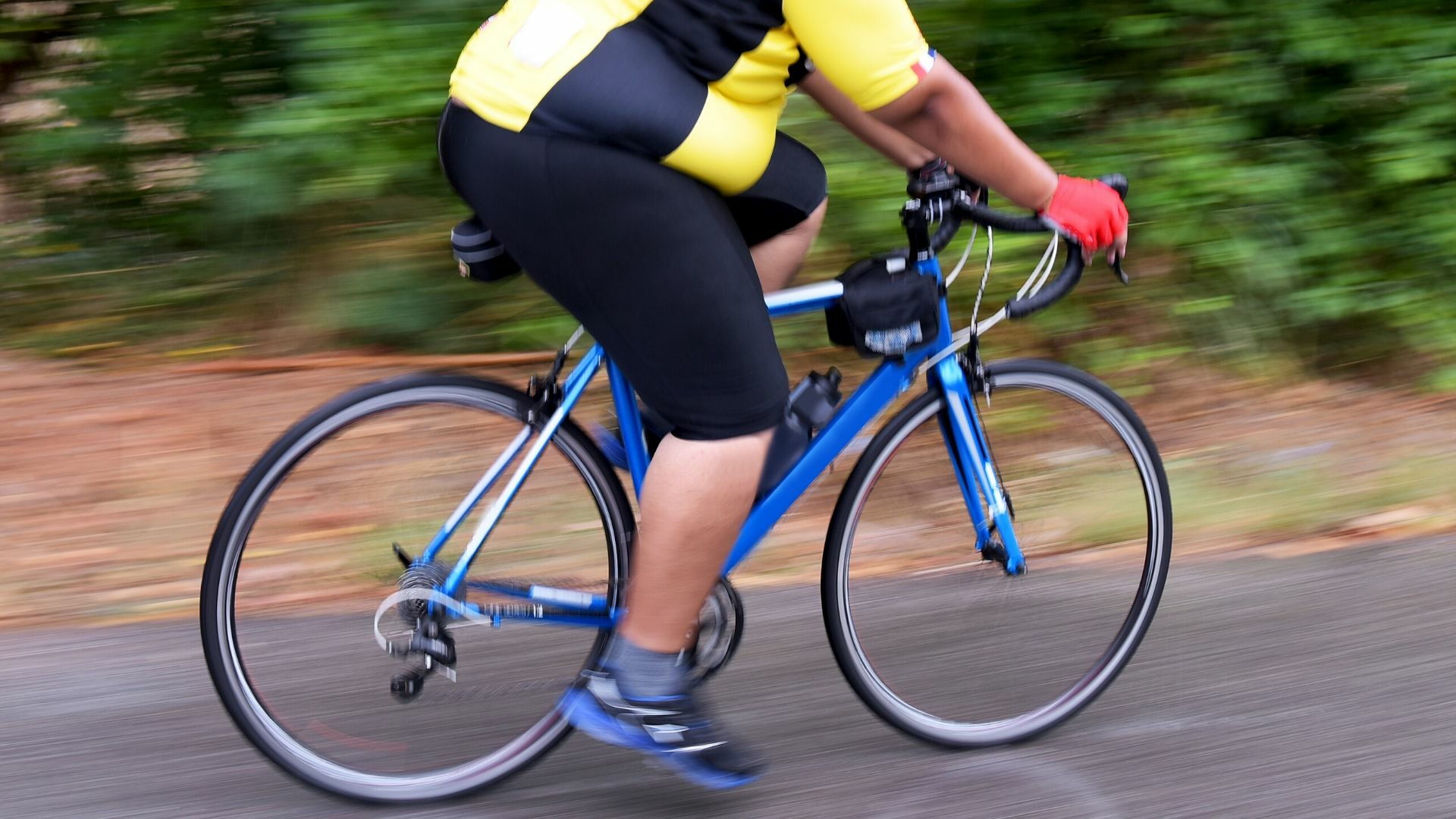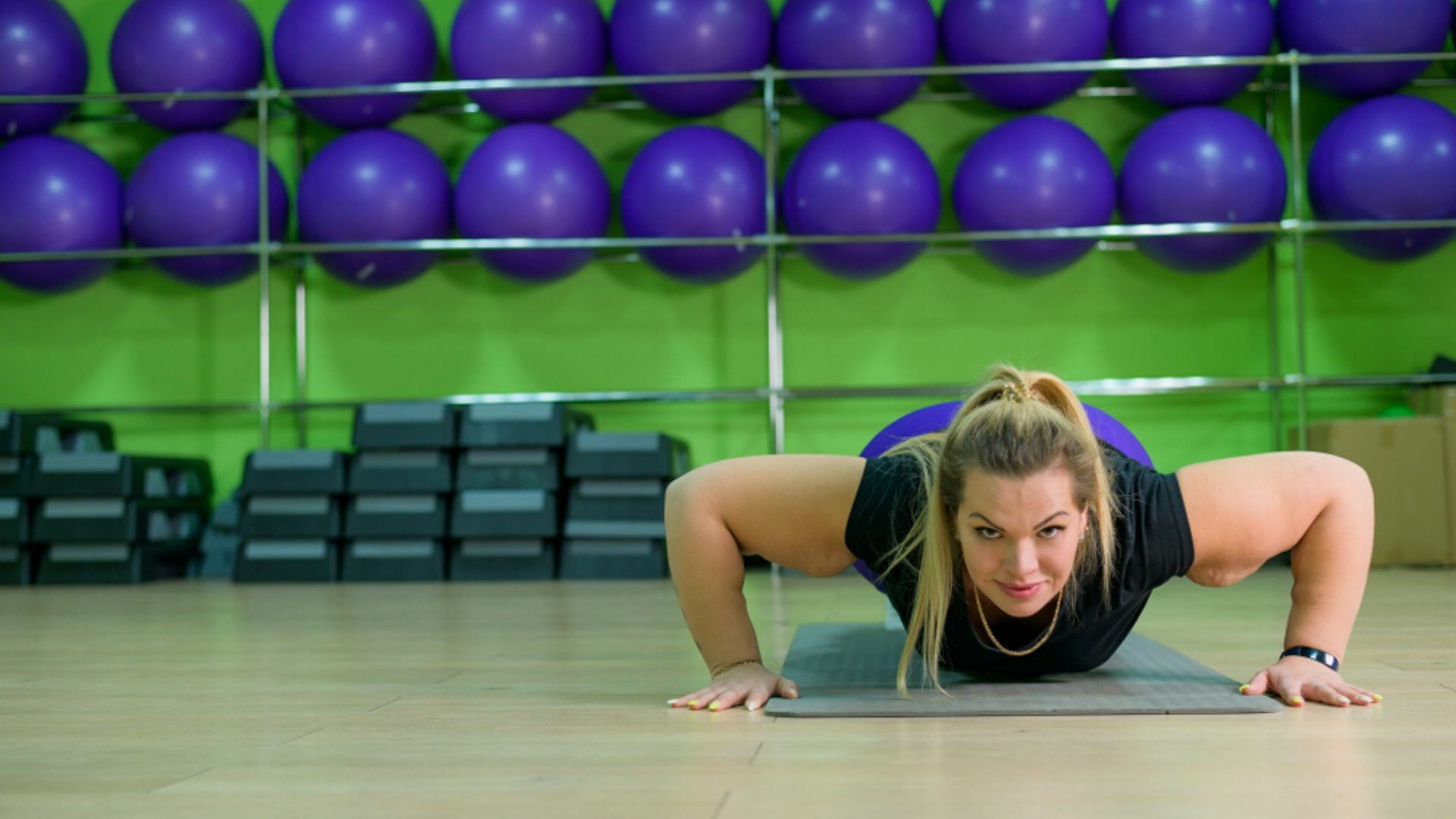It takes a lot of discipline, motivation, perseverance to start working on your weight.
Helping overweight and obese people to take this path gives great satisfaction, but it can also be a complex challenge, especially when creating a personalized training program. In these cases, it is essential to consider two factors:
- Movement difficulty: when there is an abundant adipose layer, the association of some movements and high BF (Body Fat) correspond to an important reduction of the joint's ROM (Range Of Motion), necessarily leading to exclude many exercises.
- Accidents risk: ballistic or jerky movements risk causing trauma due to the athlete's high weight, which is not proportionate to his muscle mass.
In this post, we will evaluate the most suitable body-weight exercises for overweight athletes and we will see how to plan workouts by gradually increasing the intensity.
1. Training and obesity: hydro-kinesitherapy

The first step for obese people is to exploit water qualities, the ideal therapeutic element for many pathologies related to movement problems, including obesity. The aquatic environment of the swimming pool is a safe dimension where you move freely, without fear or constraints.
Here are some practical tips for hydrokinesitherapy in obesity cases:
- Strides along the edge of the tub, using the entire foot sole and progressively increasing the difficulty.
- Short recoveries to make the heart work continuously.
- Use the pool's floats and tools to create training progressions and stimulate the muscles.
- Try the simpler aquatic styles to intensify aerobic training a little.
These simple tips can be the first building block on which to build a motor therapy that will evolve over time towards the next step: indoor training in the gym.
2. Exercises for balance and coordination

For people whose weight and movement allow to manage a gym workout, my advice is to start using the gym machines. Consider that:
- Coordination skills in overweight athletes are somewhat distorted because of the pounds they carry with them in their daily gestures. Weight has a profound impact on proprioception, creating compensations to perform movements better.
- Excess fat mass usually accumulates in some critical points where Body Fat remains lower, distorting the balance of forces that the muscles are used to having.
- The slimming process will further impact coordination and proprioception.
It is an excellent idea, at the beginning, to reduce the motor patterns that rely on balance, propioception and coordination and that require an important intervention of the stabilizing muscles.
For example, to train the lower body, I do not recommend squats but the leg press machine. A much better solution for overweight people.
3. Bodyweight exercises

Bodyweight exercises deserve a separate reflection. If we think of exercises such as dips, tractions, squats, we cannot fail to consider that an overweight or obese person is at a distinct disadvantage in performing them because of peculiar body weight.
Bodyweight exercises should be avoided almost entirely, at the beginning. I say "almost" because, as we will see shortly, they can be advantageous if used as "index" exercises.
4. Overweight cardio and running

You have to work on milder cardio activities than running, activities that allow a great calorie expenditure, but that minimizes the injury risk. The stationary bike or the bike are two good solutions, but they must be carefully dosed because of possible problems at the circulatory level (sitting 60' is not the best!).
I recommend using a form of HIIT (High-Intensity Interval Training) that alternates:
- Sitting work, where we seek a high intensity.
- A gentle walk on a slope where the person focuses on plantar flexion to improve circulation.
For example, a 20' workout as follow:
- 5 'of walking as a warm-up.
- 10 'of HIIT alternating 10'' of legs pedaling or arm bike, to 50'' of walking on a slope.
- 5 'of walking to cool-down.
5. "Index" exercises

Here are the "index" activities, those free-body exercises that can be a parameter for evaluating the progress of a weight loss process, the "improvement index" of the person.
A body recomposition path leads to two great effects:
- Increased muscle mass and sports performance.
- Weight loss.
The result of these effects is that bodyweight exercises will become exponentially easier with training!
For example, starting with 3 sets of as many push-ups as possible 2-3 times a week, the athlete will see constant improvement and will be encouraged to continue and improve. When the weight drops, start to try dips and tractions. Again, there will be great progress. These exercises are very important, especially for their psychological role of giving the charge and motivation to do better and better.
Conclusions
Although a starting situation of overweight or obesity poses great challenges, we must not discourage ourselves. Let's choose those exercises that do for us, focusing on the work we are doing without haste and listening to our bodies. The rest of the route will only be downhill!
(Updated content)
